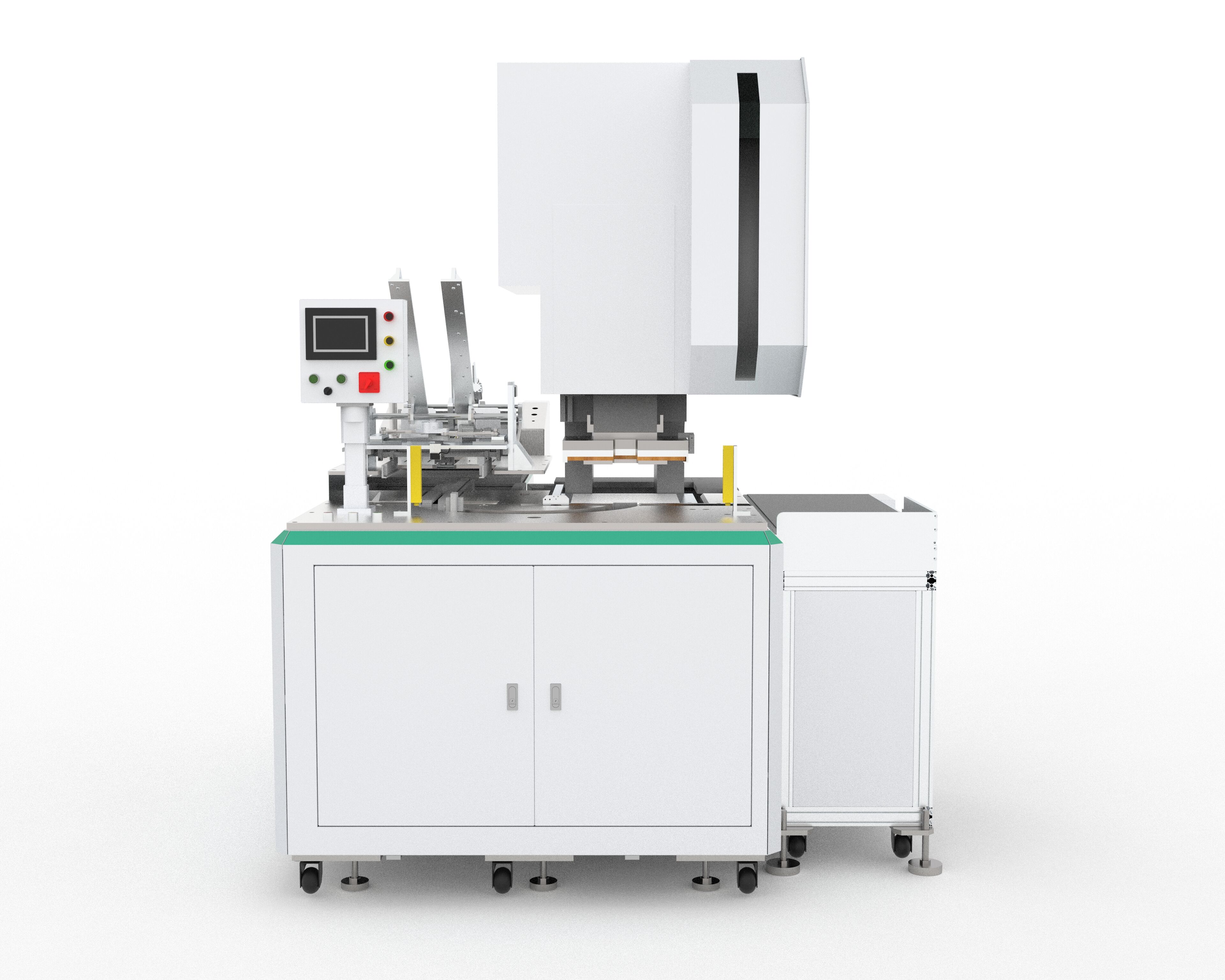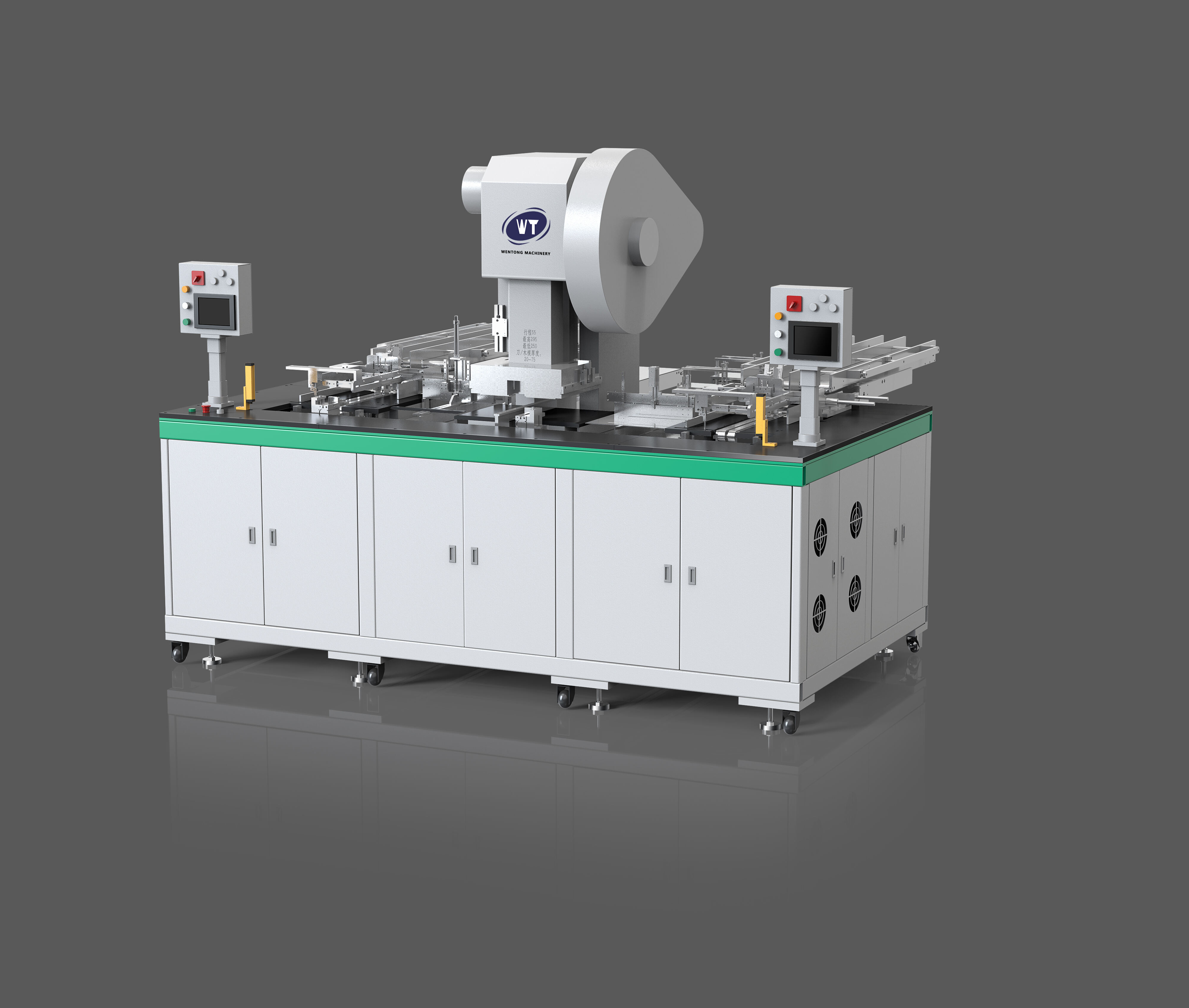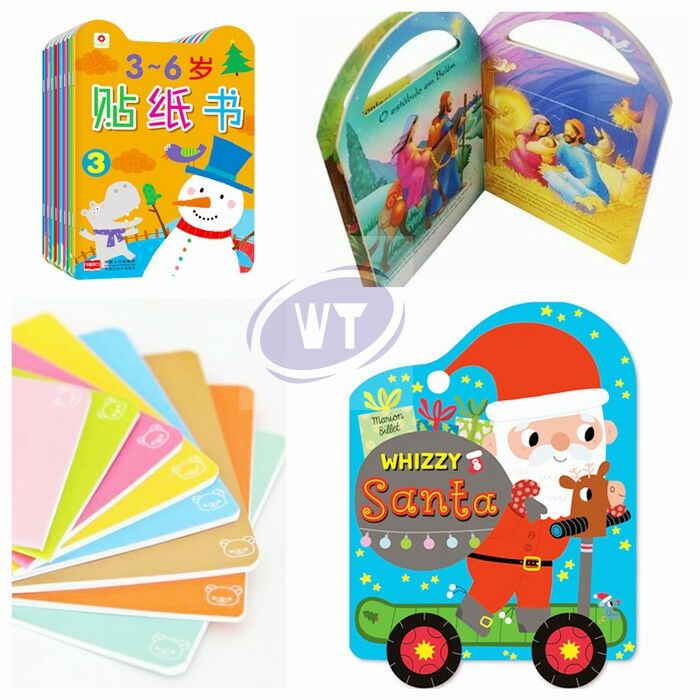In the world of children’s books, especially board books, how something looks and feels can be just as important as the story itself. These books need to be tough enough for little hands but also fun, interactive, and engaging. That’s where something called the book inner page die cutting machine comes in — and believe it or not, this industrial tool is doing some really creative work behind the scenes.
Let’s break down how this machine is changing the game for board book makers, helping them move faster, design smarter, and create books kids (and parents) love.

Board books used to be pretty simple. Most had the same rectangular pages, bright pictures, and a few words here and there. But now, with die cutting machines, those plain shapes are a thing of the past.
These machines can cut pages into almost any shape you can think of — a bunny, a car, a fruit, even a house. Pages can have peek-through holes, pop-up flaps, or textures that kids can feel. All these design details add a lot of value. They turn books into something kids want to explore, not just read.
For instance, consider a book which has each page uniquely crafted and cut in the shape of different animals. Each page features a small circular opening that allows viewers to see a glimpse of the next page. This acts as a riddle or a puzzle and allows the book to function as an educational and playful tool instead of simply a book.
From a production point of view, these die cutting machines are real workhorses. They’re designed to handle thick paperboard and punch out precise shapes at high speeds. Where it once took hours to manually cut special designs, these machines can now do thousands of perfect cuts in a single hour.
This kind of efficiency is a big deal, especially for publishers who need to fill large orders for major retailers or educational programs. It means more books on shelves faster, with fewer delays and less waste.
Machines like the WT-009MQJ, for example, can even handle automatic feeding and alignment, reducing the need for manual labor and making the whole process cleaner and more accurate. That’s good for business and for the planet.

Let’s be honest — babies and toddlers don’t just read books; they chew them, throw them, and drag them around the house. So quality and durability are non-negotiable in this industry.
Die cutting machines help ensure every page is cut precisely the same, with smooth edges and consistent alignment. This kind of precision means fewer printing errors and safer products for kids.
Even better, many modern machines come with built-in sensors and quality checks that automatically spot and remove bad cuts before they reach the final stage. That means less waste and fewer defective books slipping through the cracks.
What’s really exciting is that these machines aren’t limited to books. They’re also being used to make educational tools like flashcards, puzzles, matching games, and even interactive kits for learning numbers, shapes, and letters.
For example, some board books now come with removable pieces that a child can pull out and fit back in — kind of like a puzzle within a book. Others have touch-and-feel elements, windows, or fold-outs. All of these features are possible because die cutting machines give designers the freedom to experiment.
The result? More engaging learning experiences for kids, and more creative opportunities for publishers and teachers alike.
Looking ahead, the possibilities are wide open.
One major trend is customization. More and more parents want personalized books — stories where the child’s name or photo appears in the story. With digital printing and die cutting combined, it’s now possible to produce customized books affordably and in small quantities. It makes for amazing birthday gifts, keepsakes, or even tools for speech therapy or special education.
Another exciting area is technology integration. Imagine a board book with cut-out sections that reveal QR codes, leading to songs, sounds, or animated versions of the story. Or pages that come to life using augmented reality (AR) apps. Die cutting helps make those digital-physical hybrids possible by allowing precise placement of codes or triggers in the pages.
In addition, there is a greater emphasis on recycling nowadays. Publishers from all over are trying to reduce waste, minimize their carbon footprint, and put forth used materials. Unlike older machines, new die cutting machines are constructed to consume less energy, cut materials carefully, and increase efficiency when working with eco-friendly materials.

A die cutting machine does not seem too fascinating at first glance. However, once it is seen in a child’s publishing environment, it becomes difficult not to be amazed. These machines allow for an entire new range scalability when it comes to creativity, flexibility, and precision.
On one hand, children are able to have books that are educational yet entertaining. On the other hand, parents and educators access better learning tools and publishers can create products more efficiently while reducing costs and enhancing product quality.
In short, the book inner page die cutting machine may be behind the scenes, but it’s definitely at the heart of the next generation of children’s books — shaping pages, stories, and young minds, one cut at a time.